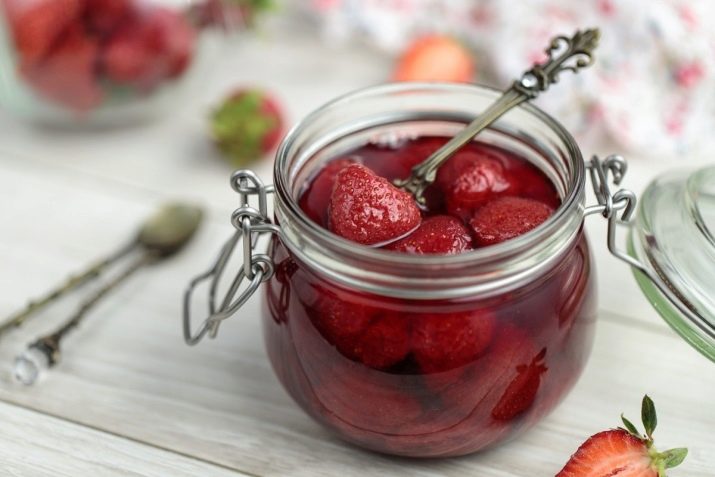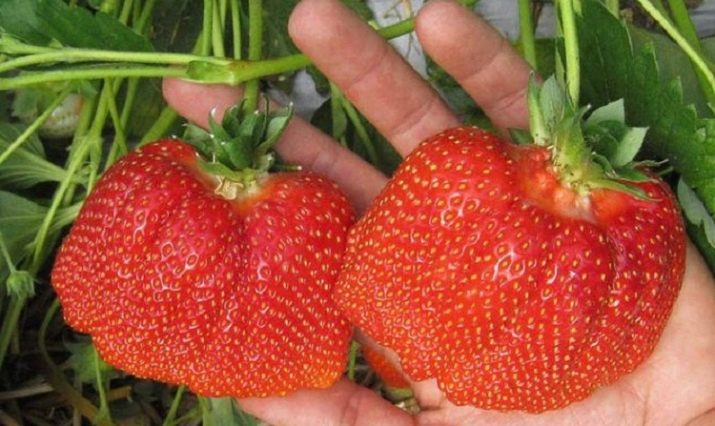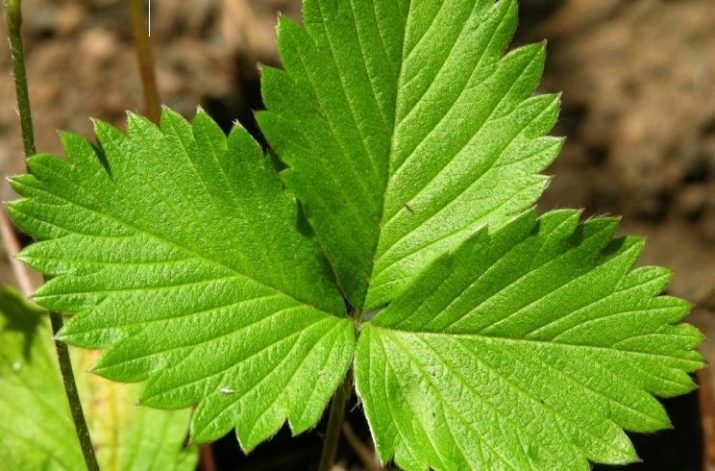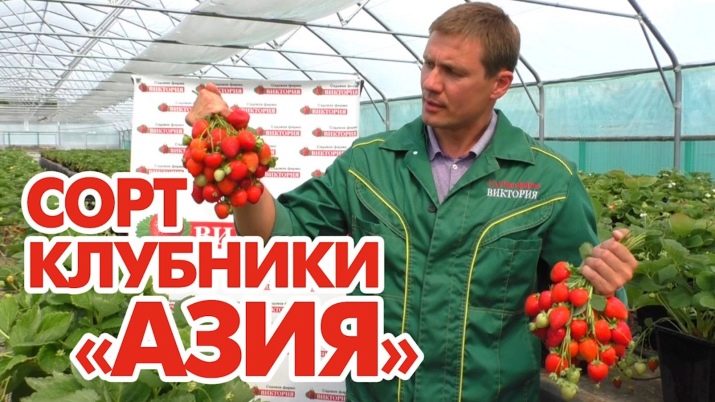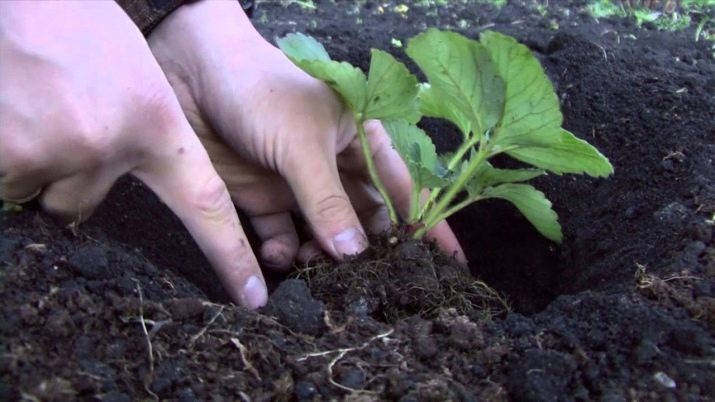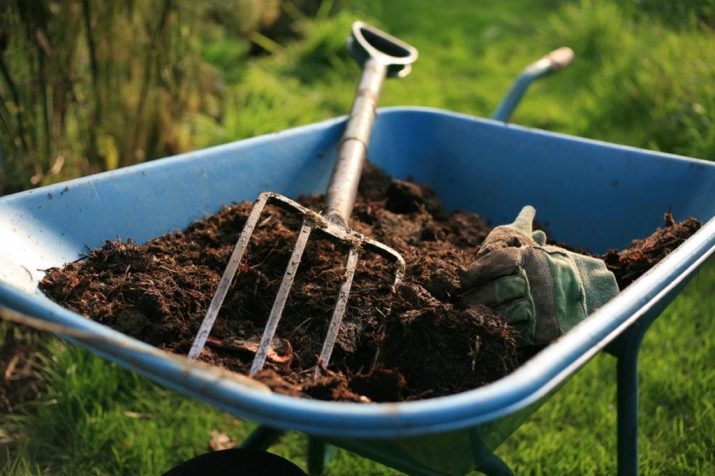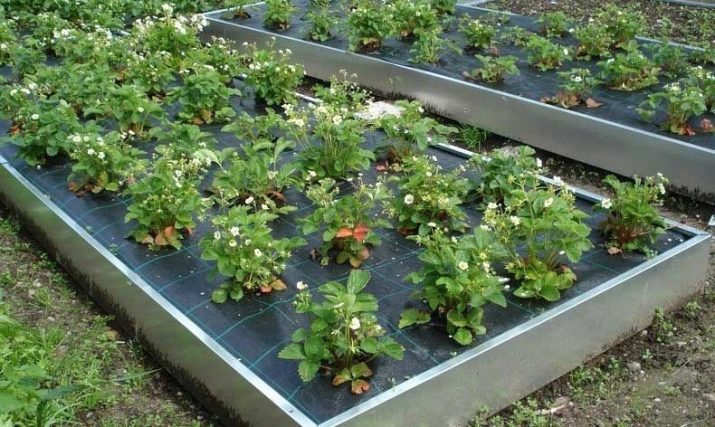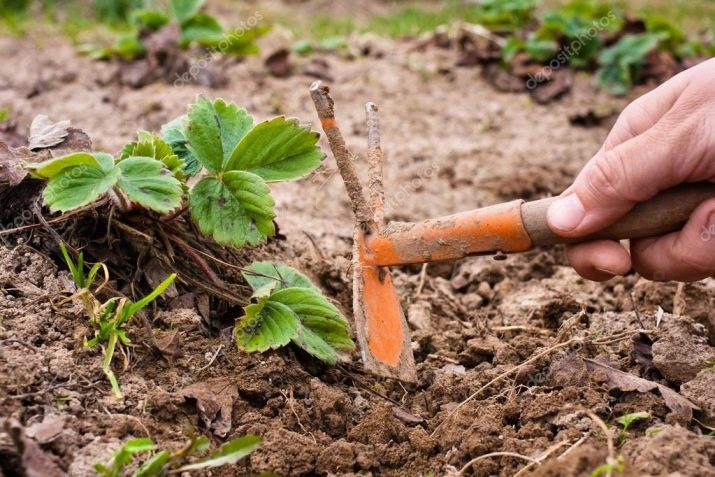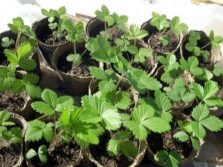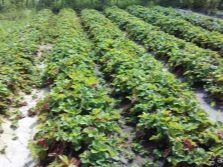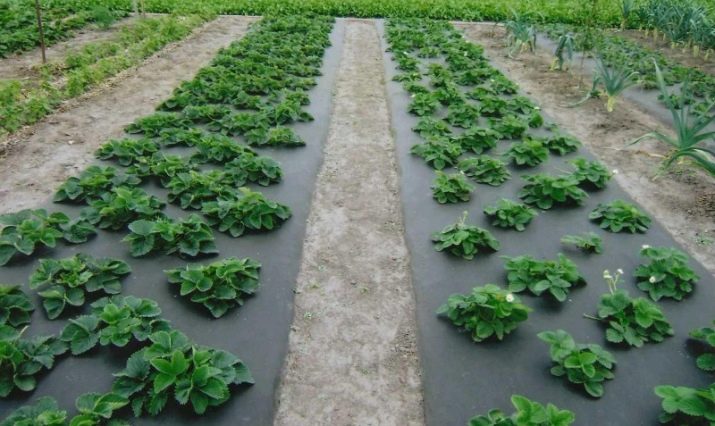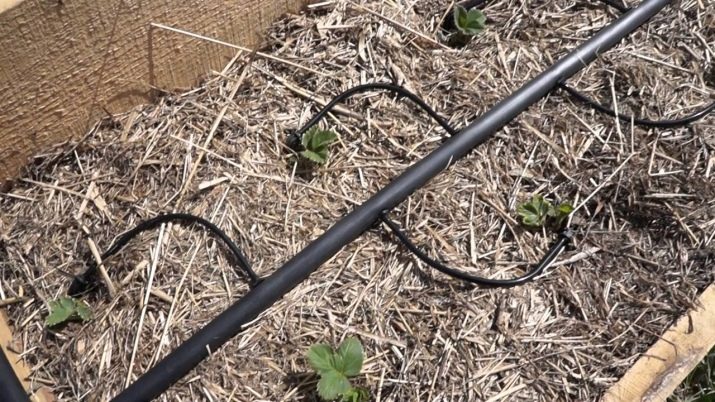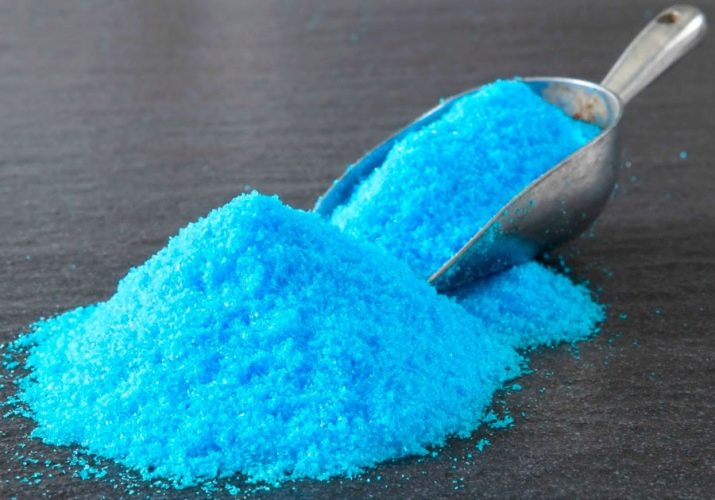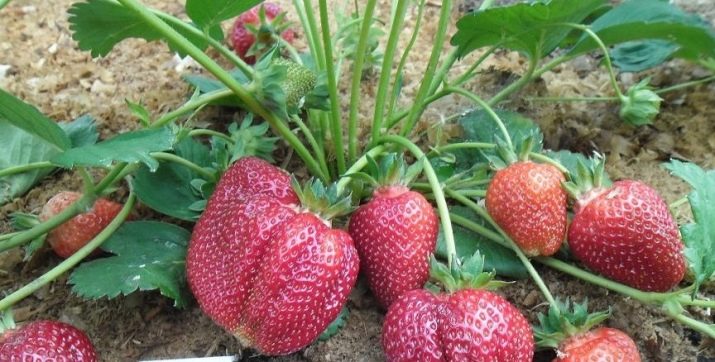Strawberry "Asia": a description of the variety, especially the cultivation
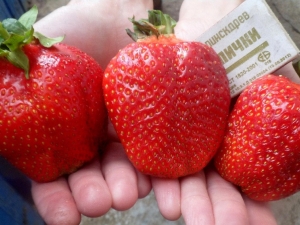
It is hardly possible to find a person who does not like strawberry jam.Tasty and fragrant berries captivates both fresh and in various culinary compositions, and most importantly - it is extremely useful. Many gardeners and fans of strawberry beds put a lot of effort to grow a solid crop in their garden. How to achieve the desired result and grow strawberries with the sultry name "Asia" on your garden plot, discussed in this article.
Description and characteristics of the variety
Tasty and delicious "Asia" has won deserved popularity among Russian gardeners due to a number of obvious advantages. And although the name of this variety suggests its southern roots, in fact, it came to our country from the European continent.
Garden strawberry "Asia" was bred in 2005 by Italian breeders. Later it will be registered under this trademark and will win the hearts of amateur gardeners and tasters of all ages and preferences. The Italians tried to get a variety of berries, which would be characterized by high yields, regardless of climatic conditions, of course, with the exception of the Arctic. The attempt was successful, and soon the variety of this strawberry was appreciated throughout Europe, and later in Russia.
Excellent quality and high yield of this variety have a lot of positive reviews and characteristics.
- The mass of the berry itself is about 35 grams, but the large ones reach 80. The shape of the berry resembles a cone, it is bright red with a glossy color and a light heart. The flesh of the fruit is sweet and juicy, the taste is a light "echo" of strawberries. For those who are contraindicated sweet, it is better not to abuse this delicious little thing, as in each of them - about 7% sugar per 100 grams.
- Strawberries adapt perfectly in different climatic zones: a powerful root system of bushes under snowdrifts withstands the harsh Russian frosts, and outdoors it survives at -17 degrees. In regions where snow drifts are rare in the winter, it needs to be covered for winter, you can use special material or fallen leaves and straw.
- Strawberry bush of considerable size, mustache appear thick and strong structure, but they are not very many. As the shoots, the leaves of "Asia" are large, bright colors.
- Strawberry "Asia" is not a repairer, that is, it bears fruit once, but only from one of its bush professional gardeners gather up to 1.5 kg of berries.
- The variety is medium early, the first mouth-watering berries can be tasted at the beginning of summer - in June, and in the southern regions they can be tasted even in May. Fruiting occurs during the month.
- The flowers of culture during their blooming are white, large, with a yellow core. It does not do without insect pollinators, since Asia is a self-fruited variety.
- Requires constant watering, as drought will lead to the death of the plant. Exposed to rot, chlorosis and powdery mildew.
- With prophylaxis in time, strawberries can avoid root loss and spotting.
- The density of the berries is stable, this fact allows to transport strawberries even over long distances, it is perfectly preserved at the required temperature.
Planting and care
Everyone who wants to grow beds with strawberries “Asia” needs to know that after three years of fruiting the berries become smaller and their taste is not so appetizing.
The variety "Asia" brings the maximum yield only in well-warmed and lit areas. There should be no drafts and temperature drops. Without top dressing, strawberry leaves turn yellow, and the bushes may die at all. The same will happen if watering is insufficient. In case of lack of soil moisture berries will be small and inconspicuous.
Given the size of the bushes, they should be planted at a distance of 40 cm from each other. Planted "Asia" in the spring, in April or May, or in the fall, from August to September inclusive. If spring planting is expected, the fruits will appear only next summer. True, it will be necessary to remove the antennae and all flower stalks in order to strengthen the root system of the bushes.
Planting in the fall will also allow harvesting next summer. If the winter is cold, there is a chance that the root system will freeze out.
When buying seedlings, be sure to examine the seedling: the root in length should be at least 10 cm, and healthy leaves - at least 3.
You can also use seeds for planting, but you cannot immediately lower them into open ground, you have to tinker: soak, keep warm and land in a container. Therefore, it is better to buy healthy seedlings. By the way, experts recommend placing the bushes in the fridge for a few hours before a direct landing.
Before planting strawberry bushes in the soil, the ground must be prepared. The bed is dug up, all the weeds and their roots are removed, and then organic fertilizers are added. This may be humus or pre-harvested compost. Then sand, preferably coarse-grained, is added to the same place, with ash and urea added to it.
This mixture will be an excellent basis for the further development of the strawberry root system.
All content is well digged and leveled, the width of the bed can reach up to 1 meter. It is necessary to lower seedling in the moistened, fertilized soil. Be sure to straighten all the roots of each bush. It is advisable not to plant a bush very deeply, in which case the strawberry buds may die. If you comply with all these conditions, the strawberries will take root, it will be noticeable after about 10 days.
As for the care, the main thing is to prevent drying or over-wetting of the soil. For example, if there is little snow in the winter, then it is necessary to water the bushes in spring, as at the time of flowering and ripening of the fruits. After the harvest of strawberries has been gathered, the beds with bushes must be watered. If during the flowering season there are heavy rains, then the beds with strawberries will have to be covered with foil. The same shelter is sometimes used in the spring if frost suddenly recurs. Film tunnels will secure seedlings in cold weather.
It is necessary to fertilize strawberries in spring, when fresh leaves appear on the bushes. This can be done with ash or rotten manure. Together, these substances are not worth making. After the flowers appear on the “Asia”, experts recommend another 1 feeding, this will increase the chance of the ovaries appearing. And after the harvest has been completed, the plants need to be fertilized: in this case, chicken droppings or any mineral complexes are used.
There is another nuance that can destroy the growth of a delicious variety of strawberries: weeds. Any gardener knows that growing grass can simply “clog” the bushes and lead to a sad result. You can fight them manually or use a black film with slots. The option of mulching is also being considered - covering the soil with a homogeneous material, for example, dry grass or sawdust, sometimes even a newspaper.
Mandatory for this variety and weeding, accelerating the ripening of berries.
How does she breed?
"Asia" is propagated by bushes and antennae. True, the whiskers in this class is not very much, so they are recommended to be partially removed. You can take the outlet, which is located closest to the parent bush, prikopat it into the ground, and cut off the rest of the regrowth. The next summer, it will give fruit, and it can be separated from the parent bush, otsadiv on a separate bed.
Experienced gardeners recommend planting an appetizing "Asia" in 3 ways: staggered, in peat bags and a simple bed.
"Chess" method
- Planting in this order saves space in the garden, and the bushes have the opportunity to grow freely, receiving the necessary light illumination.
- First, dig small holes at a distance of 0.5 meters or 40 centimeters. The depth of each - up to 15 cm, width - up to 40.
- The next row is located approximately 30 centimeters, however, the holes are dug between the holes of the very first row, that is, creating the appearance of a chess field.
- Pinching the root of the acquired seedlings, you need to carefully lower them into the hole, observing all the above recommendations.
- Be sure to water the seedlings after they are lowered into the ground, and also to protect the bushes from weeds with the help of mulching or a non-woven special film.
Planting ordinary beds
- spacious beds, trenches dug at a distance of 40 cm from each other;
- each bed must be sufficiently moistened;
- plant seedling bushes in the garden at a distance of at least 40 cm;
- arrange each upright, align the roots;
- do not bury strawberry bushes too deep;
- after planting, gardeners recommend watering the planted seedlings with warm water and mulching bushes.
Peat bags
The variety "Asia" can be grown not only on unpaved beds, but without them - in bags with peat. The authors of this non-standard technology are breeders from Holland. Now, thanks to their efforts, it is fashionable to harvest strawberries throughout the year - in special greenhouses. But gardeners have gone further - today you can grow Asia in peat bags in open ground.
This method greatly facilitates the care of seedlings bushes - no need to weed and loosen the beds and free them from weeds.
Plus, with such a system, strawberries do not become infected with various putrefying diseases. Below are recommendations for the implementation of this method.
- For disembarking using this method, any large plastic bags or special devices will be useful.
- In a separate container it is necessary to mix various fertilizers, preferably with potassium, peat and perlite, then pour them into prepared bags.
- Strawberry seedlings are planted in the side cuts of the bag with a moist mass.
- Place the bags in a vertical position and set at a distance of 0.5 meters from each other. Some prefer to stack them horizontally.
- It is necessary in this case to take care of drip irrigation and high-quality lighting.
Gardeners reviews
According to the numerous reviews of experienced gardeners and amateur gardeners of Russia, the strawberry variety “Asia”, a guest from Italy, got along well in the vast expanses of the country. Particularly pleased with their ability to obtain the expected yield and storage of berries - up to 3 days. Only one bush, many caring owners remove about a kilogram of fruit. Strawberries make excellent preserves, jams, compotes and mousses. And in the frozen form strawberries retain all their beneficial properties. Bushes, according to the owners, are very strong, stable and hardy in any weather.
As for the shortcomings, the gardeners say not very stable resistance of the bushes to chlorosis. This is due to insufficient amount of fertilizer in the soil. Clay and dry sandy soil is not suitable for this variety. Many gardeners, having the sad experience of the death of seedlings, recommend to take preventive measures to avoid this. Mealy dew, strawberry mite and anthracnose can be defeated with the help of completely ordinary copper sulfate and specialized means such as “Heterofos” or “Horus”.
To summarize whether it is worth planting strawberries "Asia" in your garden, you can note all the advantages and disadvantages of this variety.
Benefits:
- fruits appear much earlier than similar varieties;
- large and excellent-tasting berries;
- high yield;
- almost 100% survival rate of seedlings;
- seedlings frost resistant;
- relative simplicity;
- Strawberry bushes can grow not only in the open field, but also in bags with peat;
- strawberries are stored even fresh for 3 days.
Disadvantages:
- for planting seedlings need a large area;
- not every soil is suitable for planting bushes;
- repeated and careful watering;
- vulnerability to certain diseases;
- special demands regarding the light and the landing site.
On the subtleties of growing strawberries varieties "Asia", see below.

